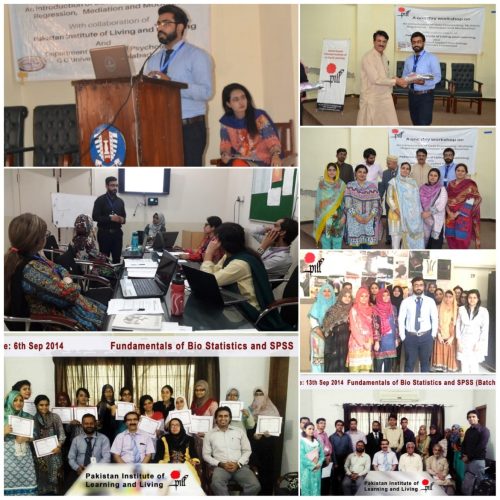Our Team

Dr. Steven Lane
Dr Steven Lane, PhD, MSc, BSc (Hon): Steven has been a medical statistician at the Department of Biostatistics, University of Liverpool for almost 20 years. Prior to that he was at the University of Newcastle upon Tyne, where he completed a PhD in multivariate statistical process control, in the Department of Chemical engineering. Since joining the department of Biostatistics, he has provided statistical support for a large number of medical studies and collaborates with a number of local hospitals, including MerseyCare, Alder Hey and the Liverpool Women’s Hospital. Steven is also a member of the North-West research design service, which is funded by the National Institute for Health research, to provide advise and support for medical clinicians and academics applying for research funding. He currently sits on the NIHR-programme grants funding panel and also several Ethics committees.

Mr. Sami ul Haq
Sami ul Haque Ansari is currently working as a General Manager of Data Management Group at Pakistan Institute of Living & Learning and leading data management all over the Pakistan. I am graduated from university of Karachi and started my carrier as a Manager in 2007. My major interest in Data compiling, Data cleaning, Data Validation, Analysis and Interpretation of Findings. Now I located in Karachi, Pakistan.

Mr. Suleman Shakoor
My name is Muhammad Suleman Shakoor. I have done masters in Biostatistics from University of the Punjab, Lahore, Pakistan. I am serving as a Biostatistician at Pakistan Institute of Living and Learning (PILL) Lahore since May, 2017. I’ve expertise in data entry, management, data validation and advance data analysis in the field of Psychology, Social Science and Health Economics as well as administration tasks i.e. budgeting, accounts handling. Moreover, I have five publications in international journal with good impact factor. I have expertise in sample size calculation and Statistical Analysis plan for grant applications. I have conducted workshops on Research Methodology, SPSS and AMOS at several recognized institutes.

Mr. Mohsin Alvi
Mr. Mohsin Alvi is associated with one of the leading organization of mental health in Pakistan since Sep, 2014 and serving in different research projects in health economics domain. He educated many students in his teaching career as a lecturer of Management Science. He is pursuing his doctoral degree from the department of Management Science, University of Karachi. He is going to defend his Doctoral thesis in the year of 2022. Moreover, He holds several internationals publications in different disciplines like Health Economics, Management Science, Economics, Finance, Social Science and HealthCare Sector. His interest of research is Health Economics and Business Management studies. He is a trainer of SPSS, Microsoft Office Project, and others research based software.

Ms. Tehmina Ashraf
My name is Tehmina Ashraf, I am a Health Economist working with the Digital Remedial, based in Pakistan. I hold MA (Economics) degree from the university of Punjab and MPhil (Economics) degrees from Allama Iqbal Open University, Pakistan. I have previously worked as a Resource Person & Lecturer of Economics. In April 2021, I got appointed as a Research Assistant to work with the Health Economics group where I have been supporting the development and costing of health care interventions. I am also involved in synthesizing the economic evaluations and grant writing. I am skilled in health economics, economic evaluation, health policy analysis, and costing.

Ms. Tehmina Ashraf
I am Azka Idrees having an MPhil in Statistics from the College of Statistical Sciences, University of the Punjab, Lahore, Pakistan. I am working as a Data Officer at the Pakistan Institute of Living and Learning (PILL) Lahore. I have expertise in data entry, data management, data validation process and data analysis. My area of interest is Mood disorder. I am good at running basic and advanced-level analyses in SPSS and R programming. I am also member of the Manual Club team and actively contribute to the translation of the Statistical Manual book. Beyond my involvement in the translation process, I play a pivotal role in supporting the Training and Development team for the Biostatistics course.

